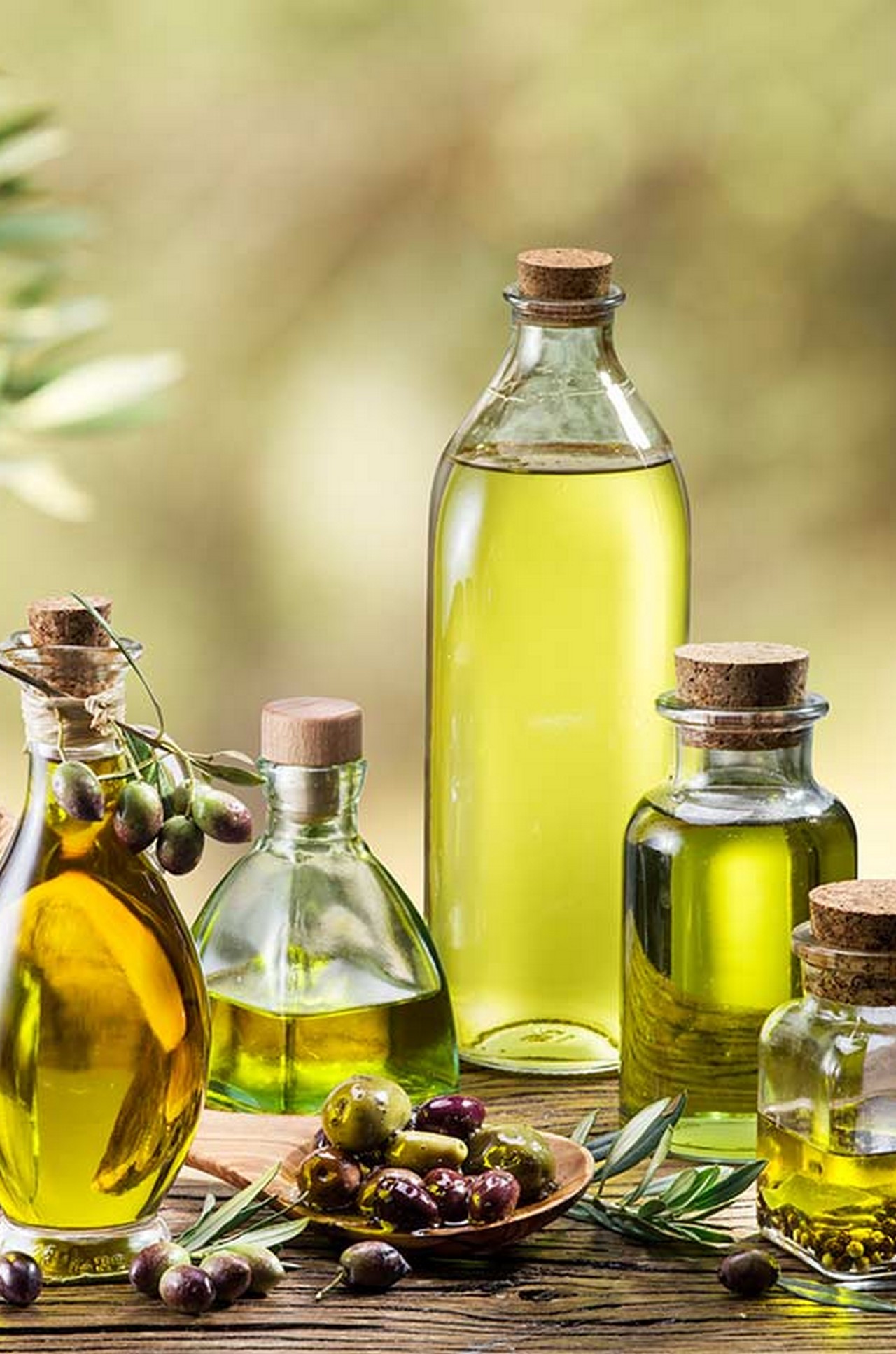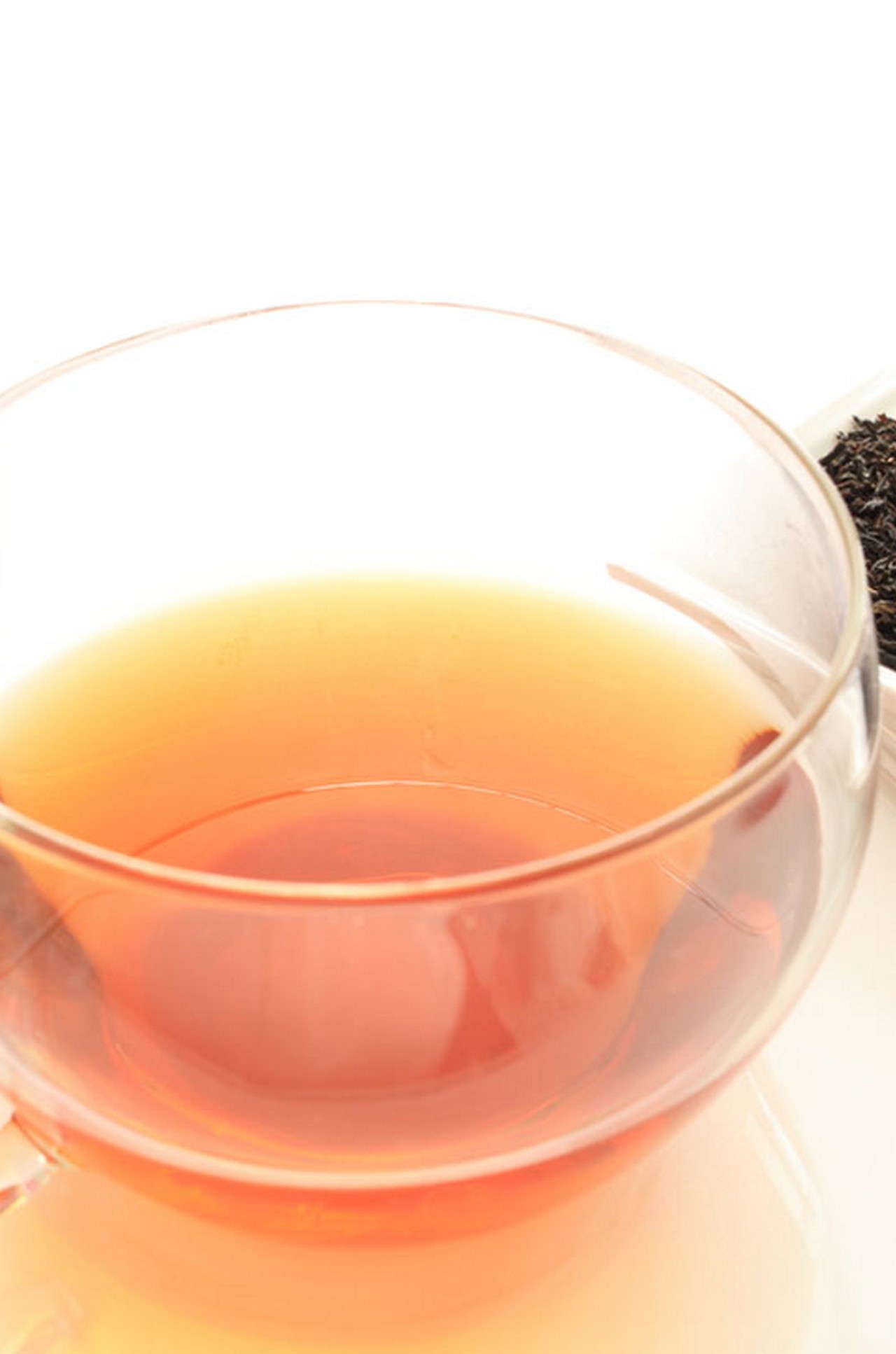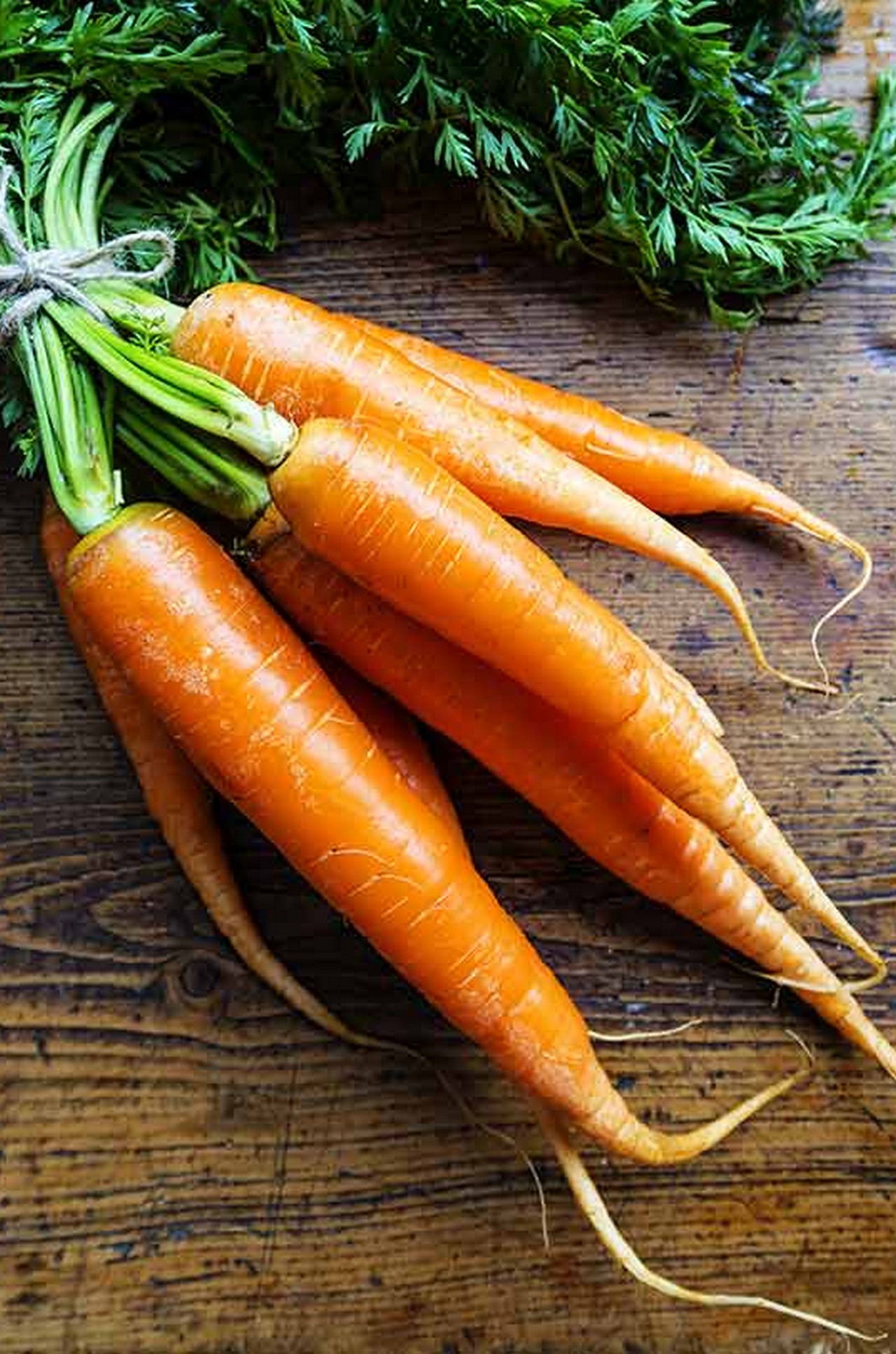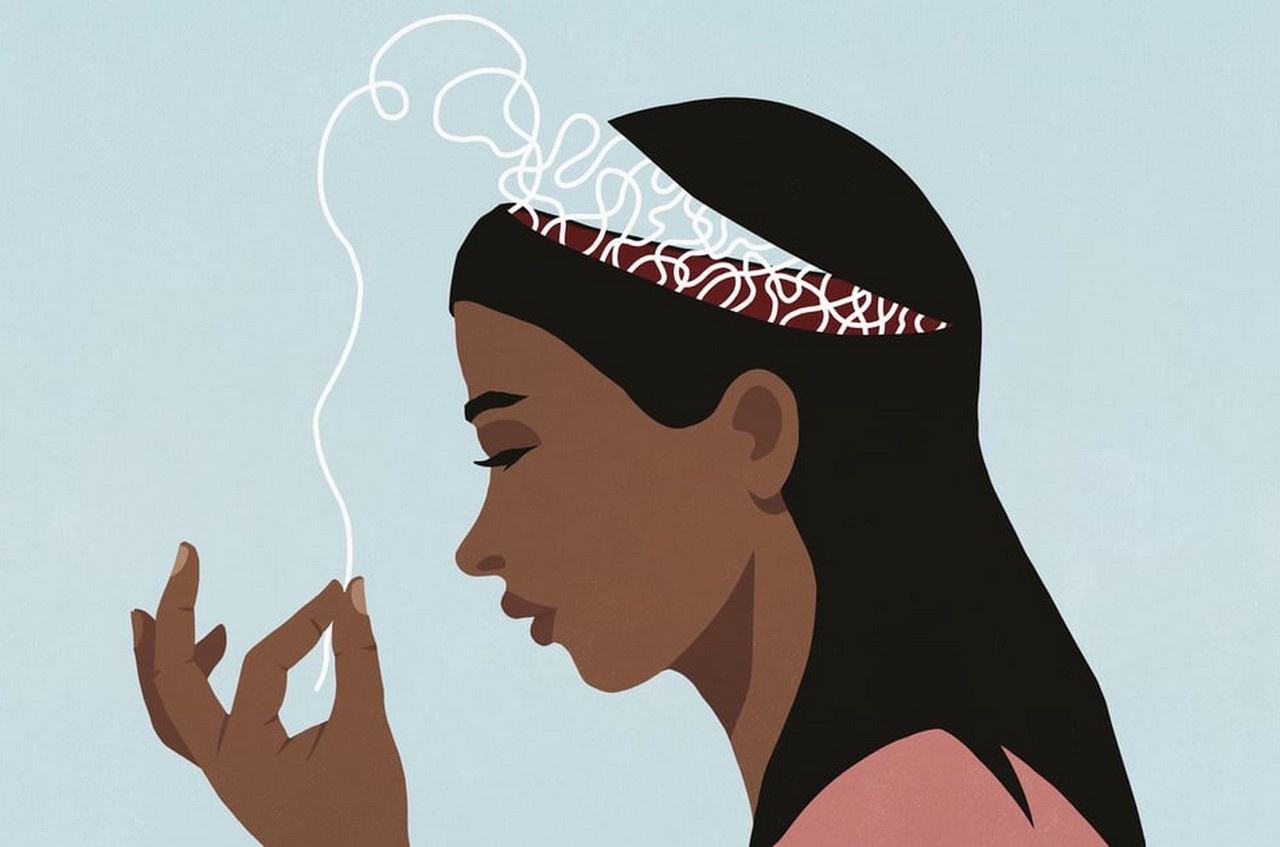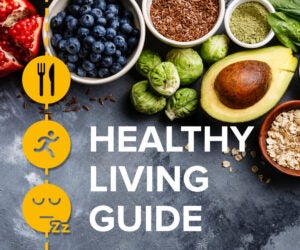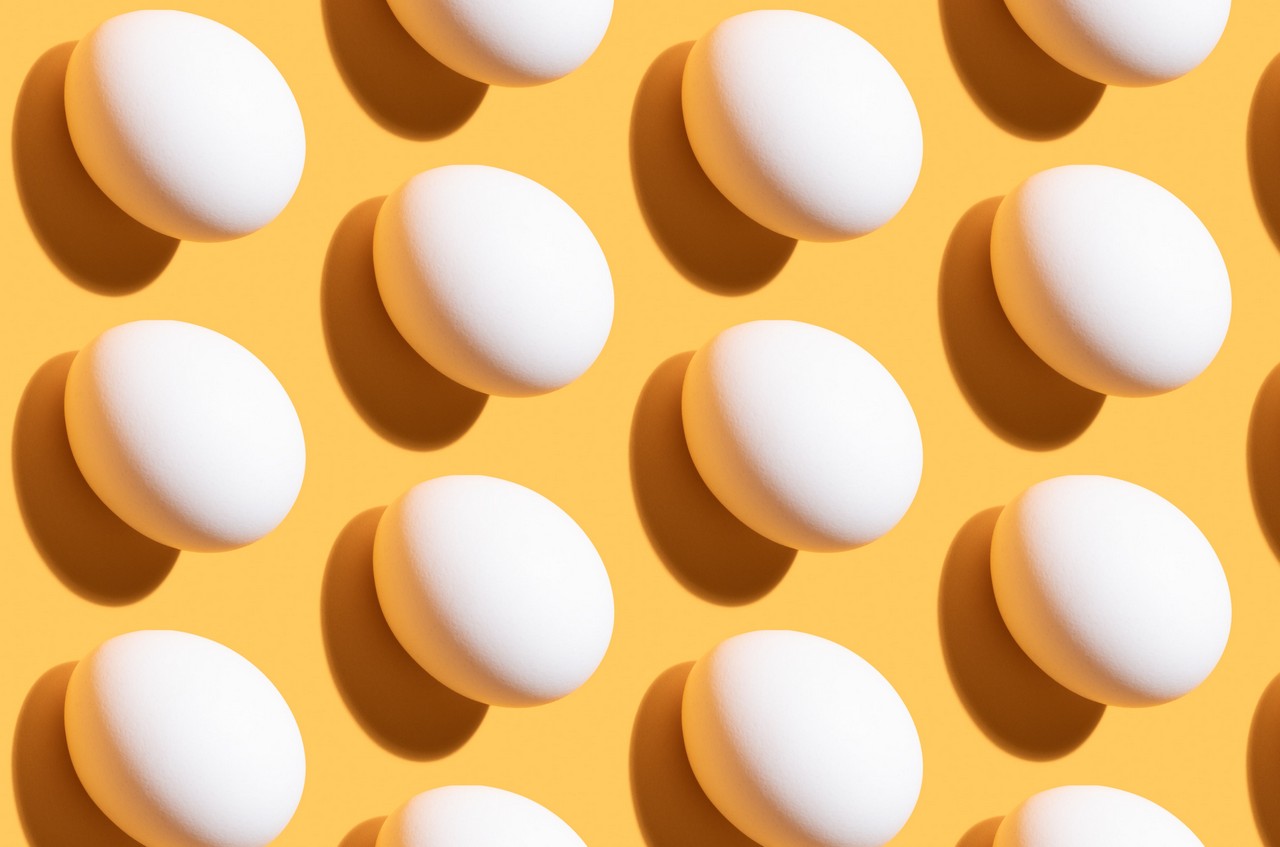
Protein is the building block of life and essential for healthy growth and vital bodily functions. However, a low-protein diet is not for everyone, and you should not follow it solely for the sake of appearance or cosmetic reasons.
Only under certain clinical conditions like poor kidney function, a liver condition, or inborn metabolic abnormalities should you consider following this diet. Even then, you need to do under the supervision of a doctor and a nutritionist to follow the appropriate guidelines for this diet.
In this post, you will learn everything you need to know about a low-protein diet. Scroll down for more information.
In This Article
What Is A Low-Protein Diet?
An average healthy individual needs 10-15% (>0.8 g/kg body weight/d) of calories from protein, depending on the activity level (1).
But in a low-protein diet, only about 20-50 g of protein (which is 0.5-0.6 g/kg body weight) per day is allowed, which amounts to 4-8% of the daily calorie requirement (2).
Though protein is extremely vital for bodily functions, improving metabolic rates, and maintaining weight, a low-protein diet with a balanced approach can also have a better effect on health conditions if you have any clinical disorders.
Who Should Follow A Low-Protein Diet?
People with certain metabolic disorders like phenylketonuriai XA disorder that causes an amino acid buildup in the blood which can result in mental retardation, movement problems, and seizures. (PKU), maple syrup urinary disease, homocystinuriai XAn inherited disorder causing a harmful buildup of substances in the blood and urine during which the body is unable to process amino acids. , liver disorders, kidney problems, high levels of uric acid, or sensitivity to proteins need to follow a low-protein diet under proper supervision.
Why Is A Low-Protein Diet Important?
A low-protein diet is effective in certain medical conditions rather than to stay healthy. Here are the benefits of a low protein diet:
1. Reduces Load On Kidneys
A low-protein diet is important for giving your kidneys rest and preventing toxic build-up in the body. When your protein intake exceeds the daily requirement, the excess protein is metabolized by the liver to produce urea, which puts a burden on your kidneys (3).
Your kidneys have to work 24/7 to flush out the urea load. Soon, your kidneys get stressed and become unable to metabolize proteins. As a result, urea gets accumulated in the body, leading to toxic results (4).
Related: 20 Best Foods For A Healthy Kidney That Everyone Should Eat
2. Effective For Inborn Errors Of Protein Metabolism
A low-protein diet slows down the degradation of protein metabolism, which helps to minimize symptoms of phenylketonuria and homocystinuria, genetic disorders associated with improper protein metabolism (5).
3. Improves Longevity
Foods high in protein, especially animal protein, impact protein metabolism and put a burden on your organs.
Studies have found that foods low in protein and amino acids are strongly associated with improved longevity and metabolic health and reduction in the prevalence rates of cancer, cardiovascular disordersi XA condition that affects the heart or blood vessels and results in abnormal blood flow, which may cause multiple blood clots. , diabetes (6), (7).
4. Reduces Uric Acid Synthesis
A low-protein diet is important for the treatment of painful gout (inflammatory arthritis caused by excess uric acid synthesis). A study conducted on diabetic rats on a low-protein diet showed a significant reduction in the formation of uric acid (8).
How Much Protein Should Be Taken In A Low Protein Diet?
Normally, your body requires about 40-60 g of protein every day (or 0.8 g of protein per kg body weight, depending on activity level). So, if you weigh 60 kgs and do very little to no physical exercise, you will need 48 g of protein per day (9).
In cases where a low protein diet is needed for medical reasons, you must reduce your protein consumption to 0.5-0.6 g/kg body weight based on the condition of your kidneys and requirement (2). Consult your doctor for any clinical conditions.
List Of Low-Protein Foods
The bottom line is a low-protein diet is to avoid consuming high-protein dietary sources and have foods that have low-protein content. What are they? Here’s a list of foods to eat and avoid on a low-protein diet.
Foods To Eat
You must consume foods that are low in protein and have good nutritional value. Here’s the list:
Low-Protein Foods
Shutterstock
- Veggies – Kale, spinach, carrot, beetroot, scallions, radish greens, radish, turnip, parsnip, and pumpkin.
- Starches – Bread, pasta, cereals, croissants, bagel, muffin, rice cakes, noodles, and popcorn. (preferably whole grain unrefined starch variants that may also help people with kidney problems and diabetes).
These foods contain the lowest amounts of protein.
- Fruits – Apple, banana, papaya, melon, peach, plum, grapes, oranges, lemon, lime, grapefruit, dried fruits, fruit juice, and frozen or canned fruit.
- Fats – Butter, margarine, mayonnaise, vegetable oil, olive oil, and salad dressing.
- Sugars – Candies, cake, marshmallow, lollipop, Danish, and granola bars. (though we recommend minimal consumption of these sugars).
- Beverages – Green tea, non-dairy beverages, soda, and water.
- Condiments – Vinegar, powdered garlic, powdered onion, fresh and dried herbs, and pepper.
Related: Vegetarian Diet Plan For Weight Loss – Foods List, Health Benefits, Precautions
Foods You Can Eat In Moderate Amounts
Shutterstock
You will be allowed to consume the following high-protein foods, but only in very small amounts.
- Animal Protein – Fish, meat, and eggs.
- Dairy – Milk, pudding, cream cheese, sour cream, and yogurt.
Tip: Consider having non-dairy milk products if you have already consumed the allowed amounts of dairy products for the day. In addition, always read the nutrition information provided for each product as some products have a higher protein content than others (like soy milk, which has 8g/serving Vs. almond milk, which has 1.3g/serving).
Foods To Avoid
- Bacon
- Tartar sauce
- Meat tenderizers
- Ketchup
- Cooking wine
- Soy sauce
- Steak sauce
- Barbecue sauce
- Chili sauce
- Seasoned salt
- Sea salt
Tip: Avoid consuming high-sodium foods or sugary foods. Talk to your doctor to decide the allowed amount of each food.
There are some foods that you can eat in moderate amounts. These include beans, soya, lentils, tofu, nuts, and nut butter.
Now, let me tell you how you can plan your diet depending on the foods that you are allowed to eat.
Sample Low- Protein Diet Plan
| MEAL | WHAT TO EAT |
|---|---|
| Breakfast | 1 slice whole-wheat bread (toasted) +½ tablespoon margarine or butter+ 1 egg or egg substitute+ Hot non-alcoholic beverage OR ½ cup rice or creamed cereal+ ½ cup whole milk + 1 tablespoon sugar (optional) + Any seasonal fruit |
| Mid-Morning | Coconut water/ Any fruit juice/ Any hot non-alcoholic beverages. |
| Lunch | 1 slice whole-wheat bread +½ tablespoon margarine OR butter+ ½ cup steamed broccoli + 1 ounce sliced turkey breast + ½ cup gelatin dessert. |
| Post-Lunch | 1 bowl of watermelon. |
| Evening Snack | 6 squares salt-free soda crackers + 1/2 tablespoon margarine or butter OR 1 to 2 tablespoon jelly + 4 apricot halves |
| Dinner | 1/2 cup tomato juice + 1 teaspoon margarine or butter (optional)+ 1 baked potato + ½ cup steamed spinach OR 1 slice whole-wheat bread + stuffed sauteed mushrooms (4 nos) + ½ cup boiled veggies |
You can follow this sample diet plan and the tips listed in the next section to eat normally and without feeling deprived.
How To Easily Integrate A Low-Protein Diet Into Your Routine
Initially, going on a low-protein diet may seem like a drastic change. But if you know how to tweak your diet plan, it will only get easier. Here’s what you can do.
- Consume thin slices of meat – this cuts down the protein content.
- Consider the veggies in your salad as the main dish; the small amount of meat can be the high-protein source.
- Mostly use non-dairy products.
- Decrease the meat when you make a casserole.
- Consume vegetable lasagna.
- While making wraps and sandwiches, avoid using shrimps and big chunks of meat.
Stylecraze SaysCenter your meals around green leafy vegetables, fruits, and unrefined whole grains instead of meat, fish, and beans.
So, it is not that difficult. You just need to check your daily protein intake. You can see in the above diet chart that the total calorie count is lower than that of your regular diet. That’s because when you eliminate a huge portion of protein, the calories take a nosedive. However, you must counteract this problem with the help of calorie boosters. What are they? Find out in the next section.
Calorie Boosters
These are foods that will help you maintain a healthy weight. Here’s what you can eat:
- Fats – Consume olive oil, mayonnaise, and rice bran oil.
- Sugar – Add sugar to your diet in the form of jellies, jelly beans, jam, jelly, syrups, gummies, and hard candy.
- Frozen/Canned Foods – Canned or frozen fruits and veggies are high in calories and can act as calorie boosters when you are on a low-protein diet.
Using these foods will not drastically drop the number of calories you consume, thereby protecting you from weak immunity and fatigue. Also, consult your doctor regarding the quantity of intake to prevent overconsumption. Now, let’s talk about the most exciting part. Scroll down to find out what it is.
Related: Enjoy These 21 High-Calorie Foods For Weight GainDid You Know?Adding extra virgin olive oil to their diet was found to reduce body fat and significantly improve blood pressure in women (10).
Low-Protein Recipes
1. Vegetable And Salmon Salad
Shutterstock
Ingredients
- ¼ cup baby spinach
- ¼ cup rocket spinach
- ¼ cup collard greens
- 1 oz smoked salmon, thinly sliced
- 1 tablespoon chopped cilantro
- 4 tablespoons mayonnaise
- 1 teaspoon honey
- 1 tablespoon lime juice
- 1 teaspoon chili flakes
- Salt to taste
How To Prepare
- Toss all the greens and salmon into a bowl.
- Mix the mayonnaise, lime juice, honey, salt, and chili flakes in a small bowl.
- Drizzle it over the salad.
- Garnish with chopped cilantro.
2. Flat Rice Breakfast Bowl
Shutterstock
Ingredients
- ½ cup of flat rice
- 1 cup non-dairy milk
- ½ cup blueberries
- ½ cup raspberries
- 1 small banana, sliced
- 1 teaspoon of cocoa powder
- 2-3 tablespoons maple syrup
How To Prepare
- Wash the flat rice. Drain the water and toss the flat rice into a bowl.
- Add milk and top it with the fruits.
- Add a generous amount of maple syrup and cocoa powder. And it’s ready!
3. Low-Protein Egg And Avocado Toast
Shutterstock
Ingredients
- ½ boiled egg
- 1 slice of wheat bread
- ½ avocado
- 2 tablespoon mayonnaise
- Salt and pepper
How To Prepare
- Slice the avocado and boiled egg.
- Place them on top of the wheat toast.
- Drizzle a little mayonnaise, season, and it’s ready!
Risks Associated With A Low-Protein Diet
- Following a low-protein diet on a continuous basis affects the vital functions of cells, such as wound healing and immune response (11).
- A low-protein diet can lead to muscle loss (11).
- Finally, this diet is low in iron, calcium, thiamine (vitamin B1), riboflavin (vitamin B2), and niacin (vitamin B3) – and hence, you would need nutritional supplements to sustain normal body functions. But, speak to your doctor before taking any supplements.
- Increases the risk of infections (12).
- It can harm the heart if sugar and fat sources are not monitored.
- May lead to tooth decay.
- The low-protein diet reduces serum albumin levelsi XAlbumin is a protein produced by the liver. Albumin levels refer to the amount of albumin present in the blood. , which causes edema (accumulation of water in extremities) (12).
You must talk to your doctor before you start a low-protein diet. Also, take the following precautions.
Precautions To Be Taken On A Low-Protein Diet
- A low-protein diet should be followed under strict medical guidance from a dietitian who is familiar with liver and kidney diseases.
- The diet should be designed in a way to meet the nutritional needs of the dieter and cut down the workload on the kidneys.
- The diet should not eliminate protein-rich foods like eggs, meat, and cheese.
A low-protein diet is not recommended for looking slimmer or fitter but for managing certain health conditions like liver and kidney problems and protein metabolic concerns. It involves avoiding consuming high-protein foods like meat, poultry, fish, shellfish, dairy products, and beans. While it reduces uric acid production (responsible for joint pains) and gives enough rest to the kidneys, there are a few side effects to keep in mind. They include muscle loss, weakened immunity, and nutritional deficiency. So, this diet should be followed under the supervision of a doctor/dietitian.

